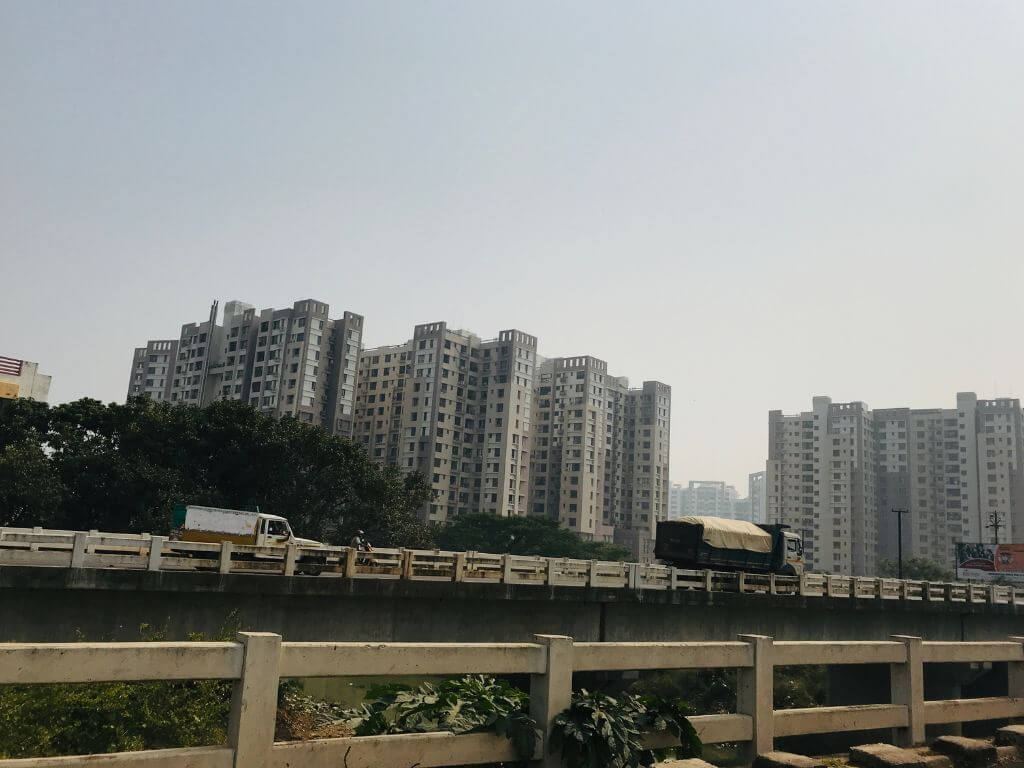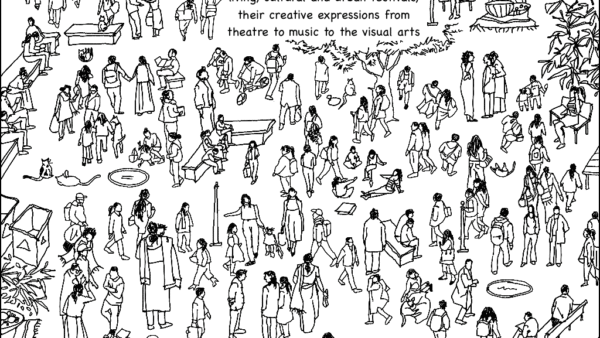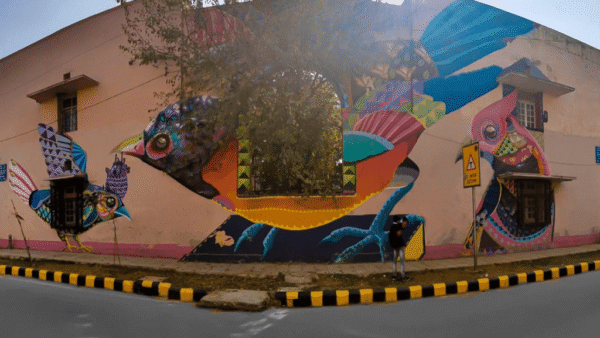In its quiet way, Bhubaneswar has been transforming itself from the capital city of Orissa (now Odisha) planned in 1948 mainly for government employees to a modern city known for specific attributes that would mark it out as a destination. Hockey is one of the transformative means used in recent years. Through January 2023, the city has played host, along with Rourkela, to the Men’s Hockey World Cup of the International Hockey Federation complete with razzmatazz, hosting players and officials from 16 countries. International hockey has a new address and it is Bhubaneswar, not one of India’s large metropolitan cities that are globally known.
This is but one instance of how Bhubaneswar, planned as one of three cities in the immediate years after independence, has grown beyond its original master plan by the German architect Otto Koenigsberger. It used to be, as long-time residents will recall, a small city with hardly any industry, job prospects, hotels and shopping arcades. It would throb with government-related work during the day and shut down by 10pm. People who grew up here aspired to leave Bhubaneswar for higher studies and work opportunities. Besides hockey, the city now is a hub in eastern India for education, especially higher education and research.
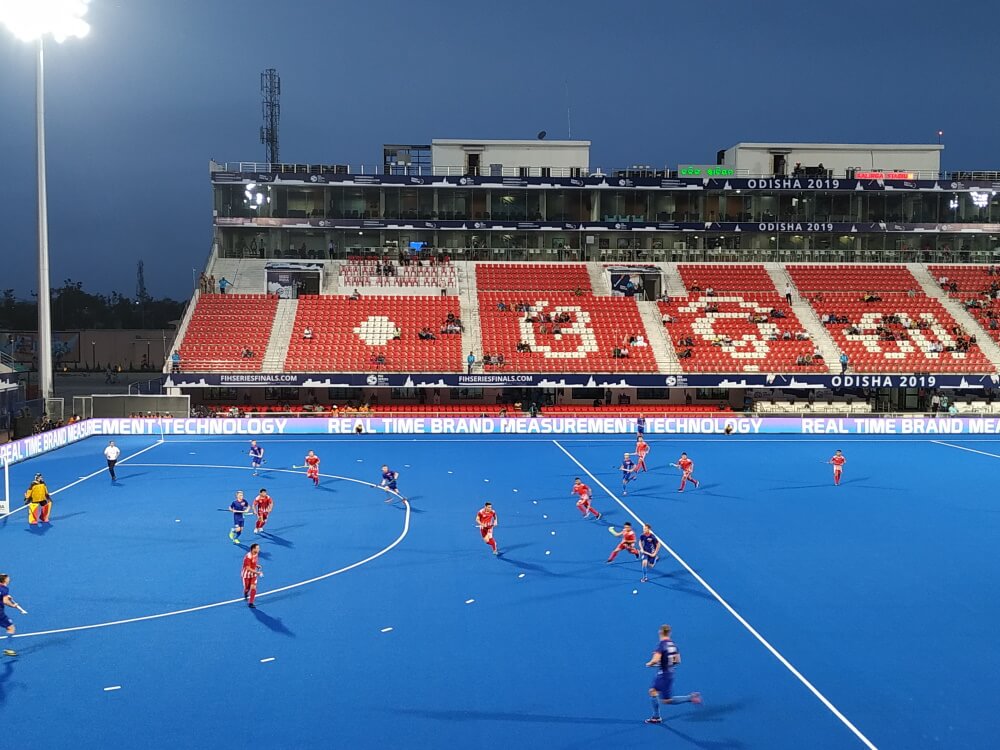
Photo: Creative Commons
This transformation, also termed development or progress, has brought about a shift in its social character, community relationships or interactions, and rhythms of the city. It is no longer a town of people, employed in the government, building a life with their families in bungalows built on allotted plots in the planned units. Bhubaneswar now has a spectrum of classes of people – from the wealthy and well-heeled to the middle classes and the poor living in bastis. In this sense, it is now more cosmopolitan than the city it started out as.
Considered a pensioners’ paradise as it hummed silently in the 1970s-80s, the city is now a mixed bag of people from every walk of life and a throbbing destination in itself. The Old Town is predominantly Hindu as it cradles many large and small temples; the Hindu-ness of the city is not in-the-face though it remains an undercurrent. However, other communities have not been targeted or attacked on account of their religion alone.
Demography changes
As Bhubaneswar expanded in almost all directions, especially in the past two decades or so, National Highway 16 which once marked the outer boundary of the city pierced down its middle. The western part of the city witnessed unorganised and unregulated growth, especially as land prices began to rise in the last few years; this has eaten away a significant portion of the outer edge of the Chandaka forest and swallowed many villages. The villages are now integral parts of the city, experiencing the unprecedented development. For example, most villagers in Patia, where the Kalinga Institute of Industrial Technology University has come up, have got employment.
As the demographic character of the city changed, the poorer classes, especially those who had migrated for work, had to make their homes away from the planned Units. As in other cities, Bhubaneswar too began to have slums. Albeit not high in number, they do dot the city’s landscape on the periphery of the planned units. It has been alleged that local politicians have been extending patronage in all possible ways to people in bastis or slums for their vote bank politics; some corporators of the Bhubaneswar Municipal Corporation, locals say, have indiscriminately distributed ration cards, electricity connections, and water pipelines here.
These informal settlements have people who are not Odia or Odia-speaking. It adds to the perception of long settlers of Bhubaneswar of them as encroachers which then spirals into other issues. They earn a wage as daily or casual labourers, construction workers, and so on but negotiate the city – and their work – through some intermediaries or contractors. In this sense, Bhubaneswar now shows the characteristics of any large city which attracts migrant workers. The condition and quality of life in the informal settlements leaves a lot to be desired on the part of the civic authorities.
City grew, people migrated in
In the post-liberalisation decades after 1991, Bhubaneswar witnessed the emergence of small informal settlements adjoining the boundary walls of a few government buildings and university campuses. Urban amenities and aspirations acted as pull factors for people and the city expanded in a rather unorganised manner. The civic authorities may not have gauged the impact of the steady mushrooming of shops and bastis in a number of wards. People living in the informal settlements were domestic helpers or drivers for government employees; the need was mutual but the city did not provide for the working class. Slowly but steadily, slums grew in every part of the city though its wide roads and green cover render them unnoticeable.
Historically, Odias migrated to cities like Kolkata, Jamshedpur, Surat, Chennai, Hyderabad and Mumbai for higher studies and work. But Bhubaneswar, to a large extent, reversed that trend and began offering people avenues for work though not at the scale of Mumbai or New Delhi. This gradually altered the city’s demographic profile and it now resembles any Indian city, not the planned one it was supposed to be.
Trade is not something one would associate with Bhubaneswar, as it has been with Cuttack, the erstwhile capital and the second largest city of Odisha barely 25 kilometres away. Till the turn of the millennium, Cuttack used to be the commercial capital of the state. People did not migrate to Bhubaneswar for jobs, they went to Cuttack, if at all. Bhubaneswar’s transient population was mostly those who came with work at the Secretariat or for pilgrimage.
The interaction between the old-time residents and the new migrants may be negligible or none at all, given that they inhabit different worlds within the same city, but the city has allowed different communities to co-exist peacefully to a large extent. Despite Bhubaneswar being a temple city, especially in Old Town, one can see people from all walks of life cohabiting across the city and marking festivals including the locally-significant Raja Mahotsav. Traces of Shaivism, Jainism, and Buddhism are visible in the city. The political climate too has been relatively peaceful and the occasional protests do signal that the spirit of resistance may still be alive.
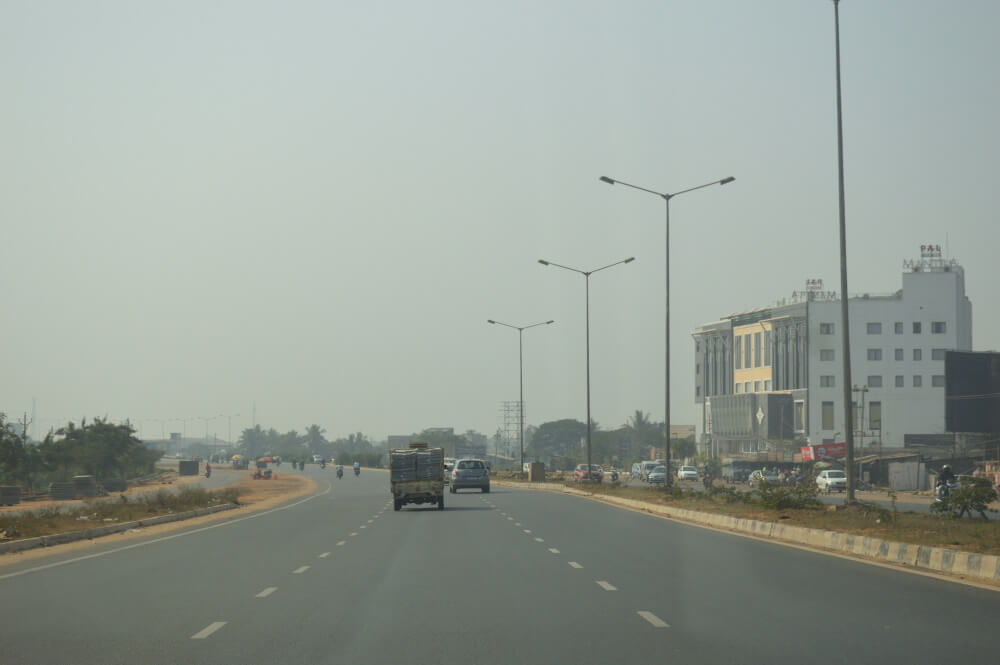
Photo: Biswarup Ganguly
Land value and people
Given its growth trajectory in the last 20 years or so, Bhubaneswar has attracted investors from across the country which has left its impact on how land that was hitherto forest or barren is now part of the urban topography and commands a high value. Also, the mining mafia has allegedly pumped its black, or undeclared, money into the real estate market of the city which has led to land prices skyrocketing to unrealistic levels.
When Bhubaneswar was built as a new town as a workplace for government employees, I am told people did not want to relocate from Cuttack. Land values were low; it was a lazy urban space with its dwellers wearing the sarkaari stamp on their sleeves. However, as government offices gradually shifted to the city, it began to grow; as people other than sarkaari babus came to settle here, it reflected in the demand for land and houses which, in turn, showed in their rising prices.
In this sense, Bhubaneswar has displayed the typical characteristics that modern neo-liberal cities show in the interplay between people and land – all land discussions and decisions follow the free-market monetisation of land. This impacts the relationships between people too. Politically, Bhubaneswar has not been as fortunate as it should have been, perhaps due to its not-so-relevant presence in the national political landscape; its presence in New Delhi has not been anything to write home about though a powerful bureaucratic class now hails from the state.
Through most of its short history, the capital city has lagged behind major cities in terms of infrastructure development but that is changing now. Among the few major infrastructure projects were the National Highway 16 and the Eastern Railways line which runs through the length of the state piercing through Bhubaneswar such that the city is split into two halves.
As the population of Bhubaneswar grew, its commercial aspect crystallised too with markets flourishing and demanding space. The city centre turned into a hotspot for modern urban activities and peripheral areas witnessed a rush for the typical urban residential apartment complexes. This has had an impact on the forest cover, especially the south-west part of the city as large tracts have been converted into real estate.
Today’s Bhubaneswar
I relocated to Bhubaneswar in 2010 after having bid it goodbye in 1992. Within a few months of return, I had to decide on place of residence. I decided to book an apartment in a first-of-its-kind residential complex at Dumduma, on the outskirts of Bhubaneswar towards its south. It was low lying swampy land bought by the builder from the locals. The first visit to the site, to see the fully-furnished sample flat which was a novel way of marketing houses in the city then, took me by surprise. Armed with warnings from friends, I did not fall for the intense marketing techniques at the site, but I was aware that apartment prices were to be raised as large investors from outside Odisha were to start similar projects in the vicinity. This was Bhubaneswar’s real estate market imitating that in, say, Mumbai.
Having booked an apartment, one day I was driving out of the project site and happened to stop at a road-side tea stall. Far from antagonism towards these new gleaming developments and its people (like me), the owner, in his late 60s, was upbeat about it all. Visibly happy that life in nearby villages would change for the good after the large apartment complexes with about 800 flats came up, he said it would bring roads and other amenities to the villages and villagers would find some work. He was right; every house in the complexes relies on labour from the villages.
There was some antagonism and unpleasant face-offs in the initial days. Locals demanded that we, the new residents, not use “outside” services such as Ola or Uber and instead call upon theirs; they would not allow the “outside” vehicles to even enter the approach road to the apartment complex. But gradually relations became better as people became mutually dependent. Within months, the road had shops on both sides put up by the locals to service the apartment complexes. On a morning walk, if you stop by for tea, it would be one of the villagers offering a hot cup and conversation. However, a few steps away where the villages are located, the landscape is different with obvious signs of neglect, poverty and unemployment.
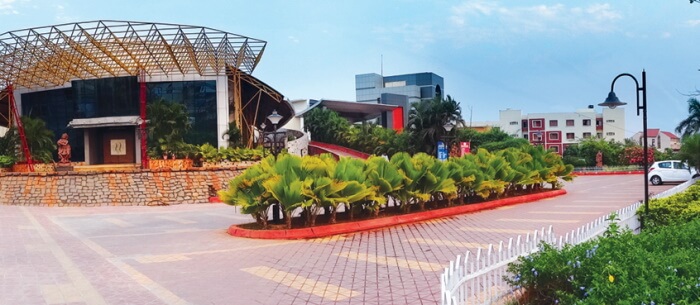
Photo: Creative Commons
The story ahead
Along with encouraging sports, especially hockey, Bhubaneswar has seen investment in higher education and research institutions bringing in more academics and intellectuals than it had. A number of public-funded institutes such as the Indian Institute of Technology (IIT), National Institute of Science Education and Research (NISER), All India Institute of Medical Sciences (AIIMS), Institute of Life Sciences (ILS), Institute of Physics (IOP), Institute of Chemical Technology (ICT), Central Institute of Petrochemicals Engineering & Technology (CIPET) and so on has made Bhubaneswar an educational destination too. Private educational institutes such as Xavier Institute of Management (XIM), Kalinga Institute of Industrial Technology (KIIT) University, Siksha O Anusanshan (SOA) University, Birla Global University (BGU) among others are now attracting students from across the country which, in turn, has helped boost the local economy and contributed to gradually altering the city’s demographic.
Bhubaneswar, in its journey of expansion and development, has offered something for everyone. In recent years, the civic authorities have made efforts to include people from the bottom socio-economic strata in the participatory development of the city, starting with sensitising them about various aspects of health and education in the city to providing them opportunities to be stakeholders. The state government, in the past few years, has rehabilitated street vendors and squatters by bringing in policies. The city’s green zones have been eked out – and protected – though the forests nearby have shrunk.
Despite being hit by cyclones frequently, Bhubaneswar’s resilience in rebuilding its infrastructure has drawn praise from national and international agencies, including the United Nations which lauded its zero-casualty approach in managing natural calamities and mitigating damages. The state, and Bhubaneswar, devastated beyond words during the 1999 super-cyclone and has been hit by at least a dozen such cyclonic storms with the most recent being Cyclone Fani in 2019 which left the city in tatters. But Bhubaneswar, like the state, managed to restore itself.
The uncontrolled growth and expansion of the city has meant that Bhubaneswar is a city far beyond what was planned in 1948, but every class of people and every wave of migrants seem to have got a share – fair or not. There is work to be done but it is a city that people can aspire to live in. To the outside world, as its tagline goes, Bhubaneswar is indeed India’s best kept secret; Otto Koenigsberger may have approved of it, after all.
Dr Pranay Swain is a Professor of sociology at National Institute of Science Education and Research, Bhubaneswar. After a PhD in Social Sciences from the Indian Institute of Technology (IIT), Kanpur, he worked in UNDP, UNICEF, Org-QUEST, Microsoft Consumer Research Extension Team and the IIM, Calcutta. His teaching and research interests include public policy, social development with special focus on health, education and livelihood, society-science interface and contemporary social issues.
Cover photo: Wikimedia Commons

